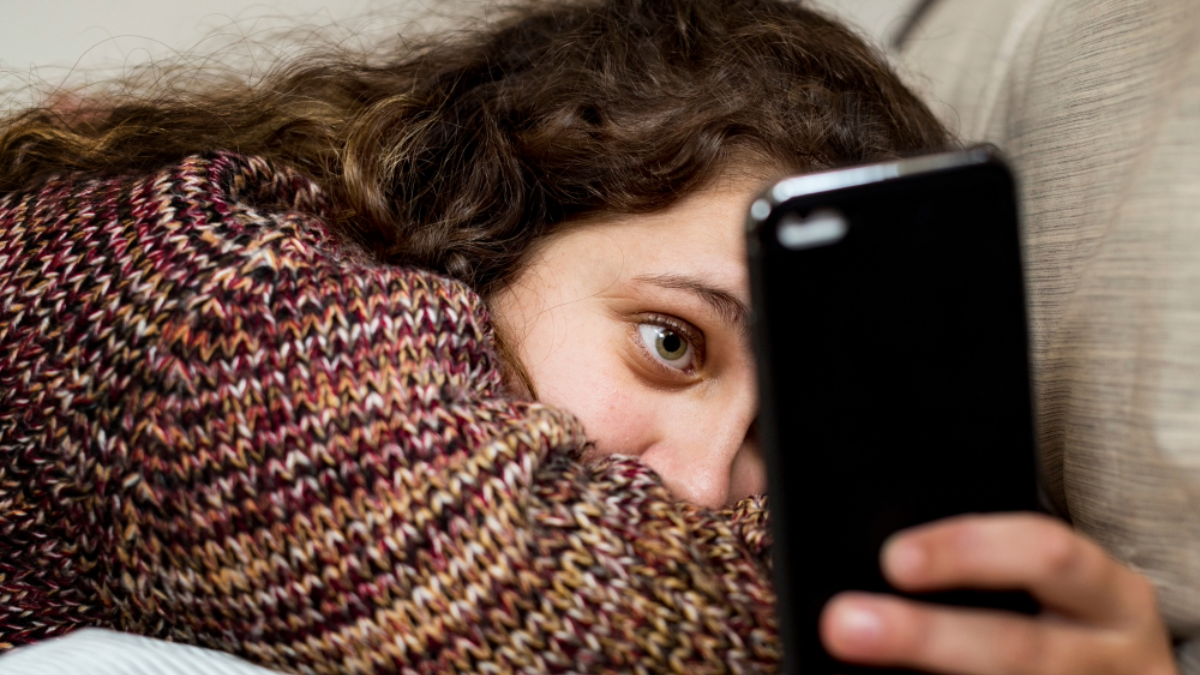Let’s Understand the Good and the Bad About How Tech and Teen Mental Health Interact
Michael P. Milham / May 8, 2024Social psychologist Jonathan Haidt’s new book, The Anxious Generation: How the Great Rewiring of Childhood is Causing an Epidemic of Mental Illness, taps into a widely held unease about modern technology — particularly smartphones and social media — and its effect on our children’s emotional wellbeing. Haidt offers a compelling thesis: smartphones “changed childhood” by fracturing and commodifying attention, cutting off children from “embodied” social interaction and outdoor play, and shifting the “internal thermostats” of Generation Z permanently “toward defend mode.”
At the same time Haidt advocates for putting the phones down, mental health professionals across the country are throwing an impressive array of solutions at the youth mental health crisis, including technology-based ones like crisis text-lines and free virtual therapy for students.
The fact is, there is too much we don’t know about young peoples’ mental health to effectively create or evaluate interventions at the scale we need.
As mental health clinicians and researchers, we see the daily reality of young peoples’ suffering, and we are as concerned about the crisis as Haidt and his readers. We are confident that social media and smartphones contribute to this crisis in some way. We also know that there are few good tools to measure tech impact on youth mental wellness at a public health level. And while Haidt presents a cascade of citations to support his thesis, there is also plenty of compelling data pointing toward the opposite conclusion.
In a piece on STAT, our colleague Jessica Schleider writes that “social media holds unprecedented promise to support adolescent mental health, especially for teens facing barriers to treatment.” Exploring what that promise is, why it comes with pitfalls, and how to mitigate harm while maximizing utility is the project that we are embracing at the Child Mind Institute.
We need a research revolution to understand what’s happening to young people’s mental health in this country and to identify the most effective interventions. In addition to laboratory and survey data, we need to study young people’s behavior and interactions as they go about their daily lives – what researchers call an “ecological” approach – by leveraging data generated by social media, smartphones, and games. And to do this, we must clear a handful of significant hurdles, including the proprietary hold technology companies have over this data and their skeptical or even hostile attitudes towards this research.
“Our ultimate goal should not be to remove screens entirely, nor should it be to return childhood to exactly the way it was in 1960,” Haidt writes. “Rather, it should be to create a version of childhood and adolescence that keeps young people anchored in the real world while flourishing in the digital age.” We could not agree more. What would be better than using the tools of the digital age to help young people feel more comfortable in their skin, or overcome depression?
To make that a reality we must be able to engage fully with how our young people live in the world. And to do that, we need to efficiently and ethically make use of the huge amount of data that already exists in the digital realm. This is going to mean researchers building more and deeper collaborations with the technology industry, while preserving the independence of their research. Efforts like that led by the Center for Open Science to partner with industry are setting good examples of how these collaborations might work. And policymakers are actively looking at ways they can help facilitate – or even require – the type of data sharing that will be needed. At the Child Mind Institute, we’re exploring partnership opportunities to leverage the data that technology companies already have in furthering research and clinical care for consenting participants.
Making progress against the youth mental health crisis is not going to be as straightforward as simply placing limits on technology. Nor will we be able to understand which tech-based interventions truly work until we have infrastructure and assessments to support mental health research in digital environments. We need to use technology smartly to advance our understanding of the problems and deploy effective clinical treatments in targeted ways.
Authors

